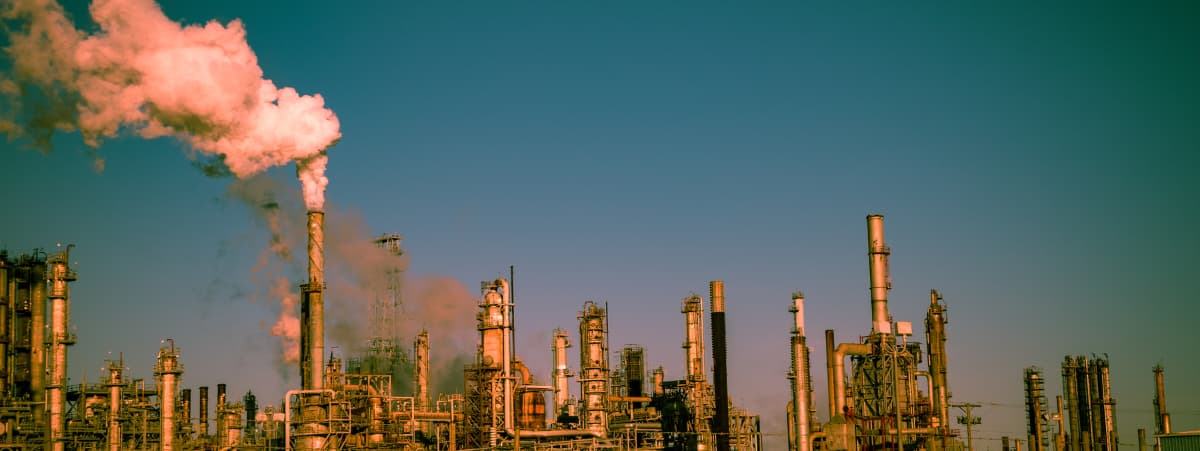Not all countries face the same level of responsibility regarding the climate crisis. The biggest polluters need to take action to reduce their carbon emissions, but also to offset their carbon footprint by supporting environmental projects around the world.
Each year more than 50 billion metric tons of CO2 are released into the Earth’s atmosphere: this is the main source of the greenhouse gasses that contribute to climate change. The largest part of these gasses comes from the use of fossil fuels, the generation of energy through non-renewable channels and polluting human activities.
What we’re observing in discussions at significant annual events like the Conference of the Parties (COP) and the world economic forum in Davos is the clash of interests between sector-specific lobbies and self-interest. These conflicts are impeding the acceleration of negotiations and the establishment of global actions to address climate change.

Top 10 polluters
Below, you’ll discover the top 10 most polluting countries, with China leading in emissions primarily driven by its extensive use of coal. Countries like the USA and EU are also significant contributors to pollution, attributed to their industrial revolution periods and heavy reliance on fossil fuels.
- China, with more than 14 bn tons of CO2 released.
- United States, with 6 bn tons of CO2
- India, with 3.5 bn tons of CO2
- The 27 European Union countries 3.4 bn tons of CO2
- Russia, with 2 bn tons of CO2
- Japan, 1,170 bn tons of CO2
- Brazil, 1.140 bn tons of CO2
- Iran, 1.130 bn tons of CO2
- Indonesia, 1.106 bn tons of CO2
- Mexico , 792 bn tons of CO2
Reaching carbon neutrality
COP28 held in Dubai in 2023 made progress with agreements among countries, yet there’s still a considerable gap to limit emissions effectively. Legislative measures like the CBAM in Europe and the Inflation Act in the USA play crucial roles in advancing and standardizing global emissions control.
The Carbon Border Adjustment Mechanism (CBAM) in Europe is a significant policy initiative introduced by the European Union to address carbon leakage concerns. Carbon leakage occurs when industries move their operations to regions with laxer emission regulations, resulting in no overall reduction in global emissions. CBAM aims to prevent this by placing a carbon price on certain imported goods based on their embedded carbon content. This mechanism not only ensures a level playing field for industries within the EU but also encourages global partners to adopt more sustainable practices.
The Inflation Act in the USA reflects a multifaceted approach to combat climate change that is part of a broader legislative package, introducing measures to address inflation and promote sustainable practices. The act includes provisions related to clean energy investments, tax credits for renewable projects, and initiatives to accelerate the transition to a low-carbon economy. By integrating climate-focused measures into economic policies, the Inflation Act aims to drive environmental sustainability alongside economic resilience.

Image: Forest Protection in the Democratic Republic of Congo
We can all take climate action
As global efforts at COP28 and legislative measures like CBAM in Europe and the Inflation Act in the USA strive to address the urgent climate crisis, the role of individuals and companies also becomes increasingly pivotal. Achieving carbon neutrality requires collective action, and carbon offsetting emerges as a tangible solution to make an immediate impact. ClimateTrade’s marketplace provides a unique avenue for individuals and businesses to actively contribute to global sustainability by connecting with high-quality sustainable projects worldwide. By joining forces, we empower everyone to play a vital role in the journey towards a more sustainable and resilient future.








